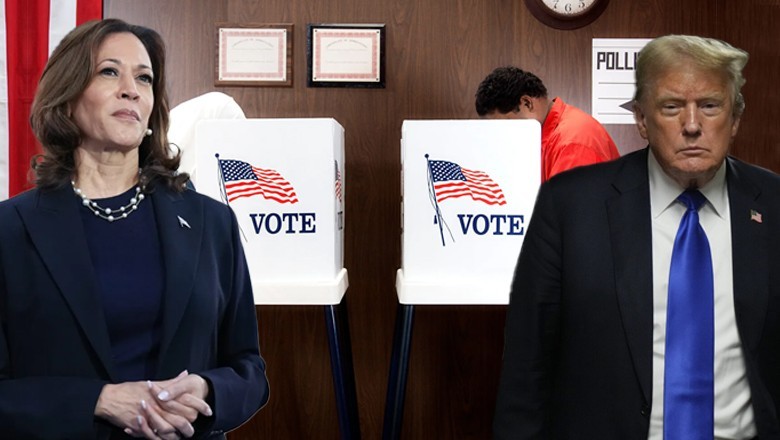US presidential election 2024: How the electoral college works

web desk
|
4 Nov 2024
Despite being regarded as one of the world’s leading democracies, the United States does not allow its citizens to directly elect the president.
Instead, this responsibility is delegated to the Electoral College, a system established in the 18th century.
The Electoral College functions primarily as a process rather than a formal organization.
Every four years, in December following the presidential election, its members—comprised of politicians and party affiliates—meet across all 50 states to cast their votes for president. Following this meeting, they generally do not receive significant attention.
Definition of the Electoral College
Article II of the U.S. Constitution outlines the presidential election process.
Each state is allocated a number of electors equal to its total number of representatives and senators in Congress, with Washington D.C. receiving three electoral votes.
There are a total of 538 electors, and a candidate requires a simple majority of 270 votes to win.
Concerns About Minority Rule
Historically, there have been five instances—1824, 1876, 1888, 2000, and 2016—when the presidential candidate who won did not receive the majority of the popular vote.
This has highlighted perceived imbalances in the system, leading some advocates to call for the abolition of the Electoral College.
Critics argue that the system diminishes the impact of individual votes based on geographic location.
For example, one elector in California represents over 726,000 citizens, while one elector in Wyoming represents approximately 194,000 citizens.
What is a swing state?
States that either presidential candidate has a good shot at winning are often called “swing states”.
In the 2024 election, there are seven swing states: Pennsylvania (19 electoral votes), Wisconsin (10 electoral votes), Michigan (15 electoral votes), Georgia (16 electoral votes), North Carolina (16 electoral votes), Arizona (11 electoral votes), and Nevada (six electoral votes). Whichever candidate wins the election must carry some combination of those states, which is why the candidates will spend the majority of their time and resources there. Joe Biden carried all of those states bar North Carolina in the 2020 election.
The idea of a swing state can also change over time because of changing demographics. Until recently, for example, Ohio and Florida were considered swing states, but they are now considered pretty solidly Republican.
Michigan was considered a pretty solid Democratic stronghold until Donald Trump won it in 2016.












Comments
0 comment